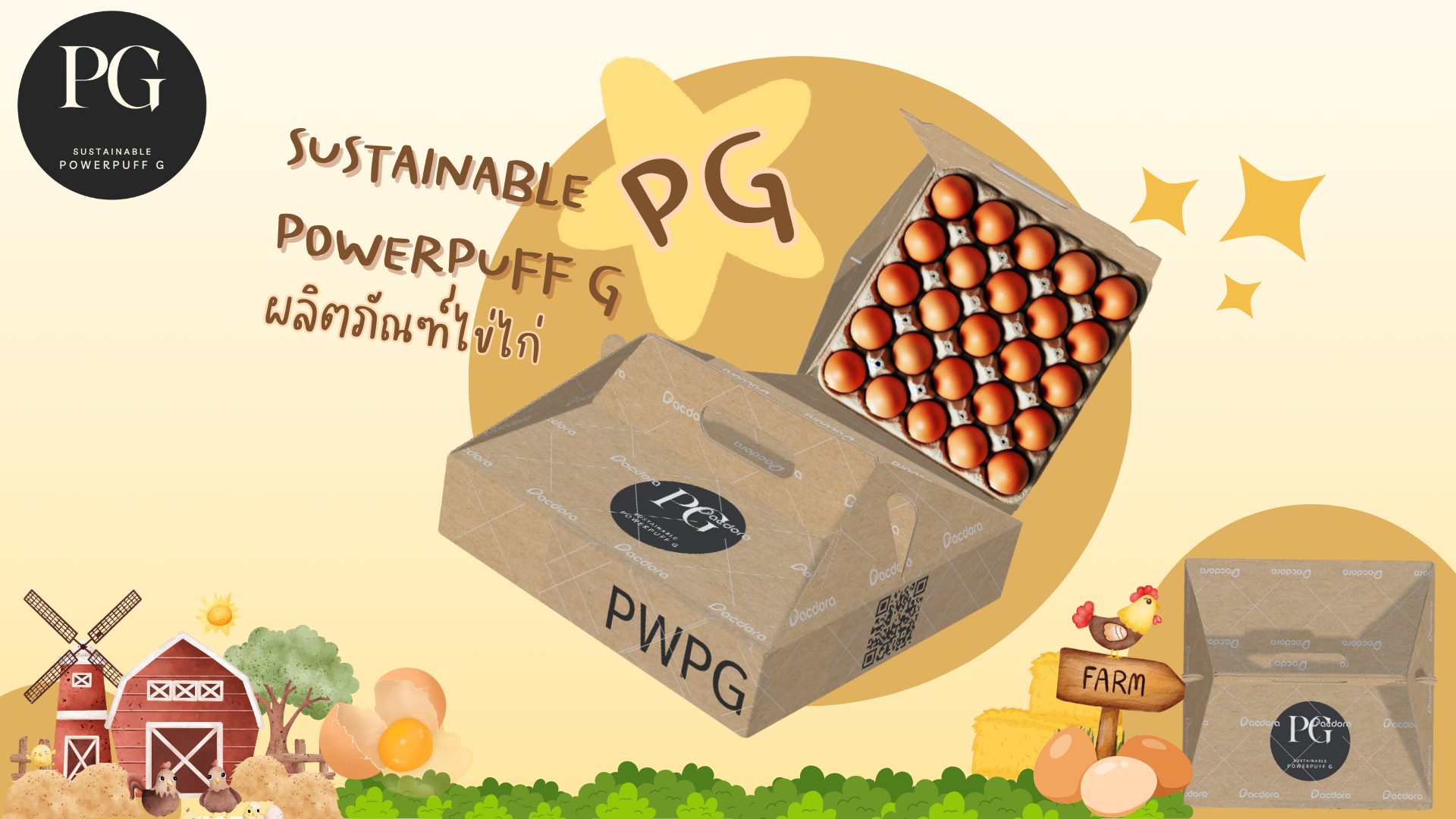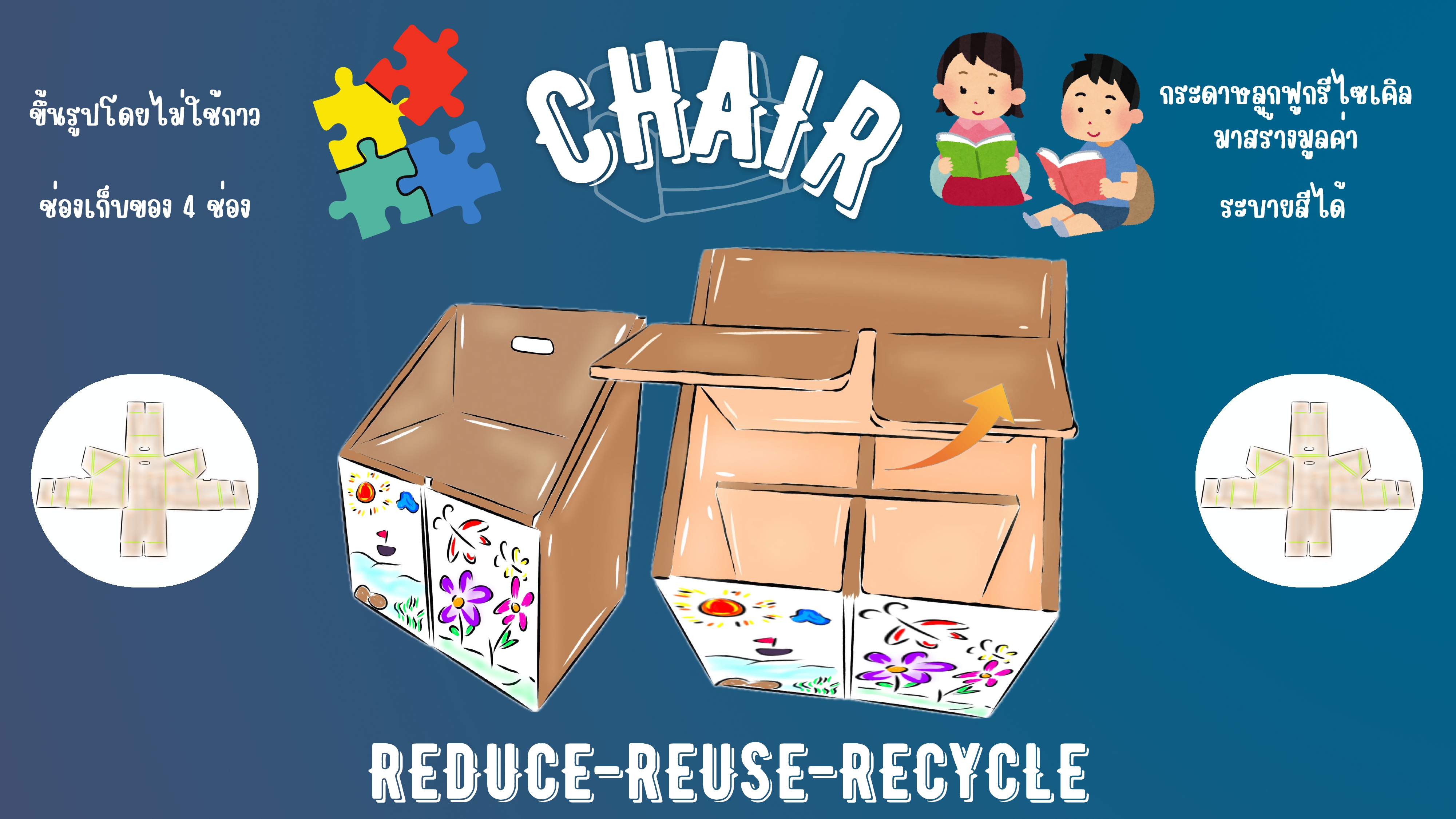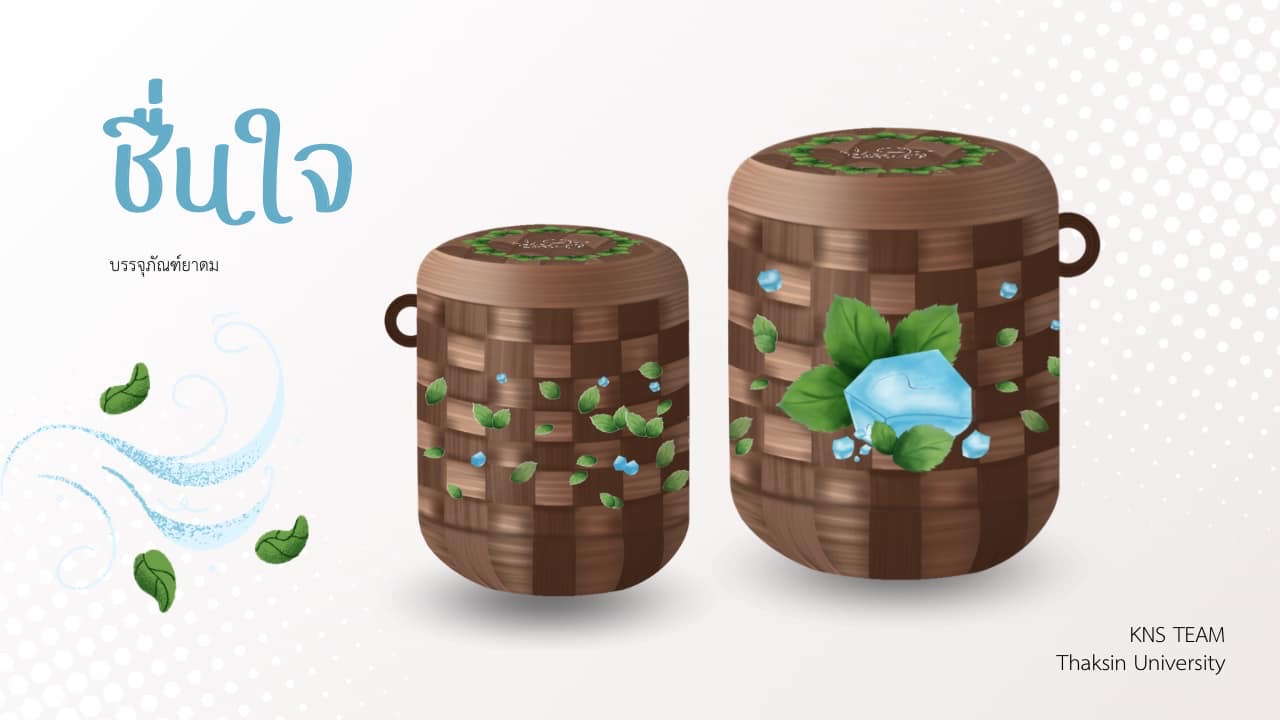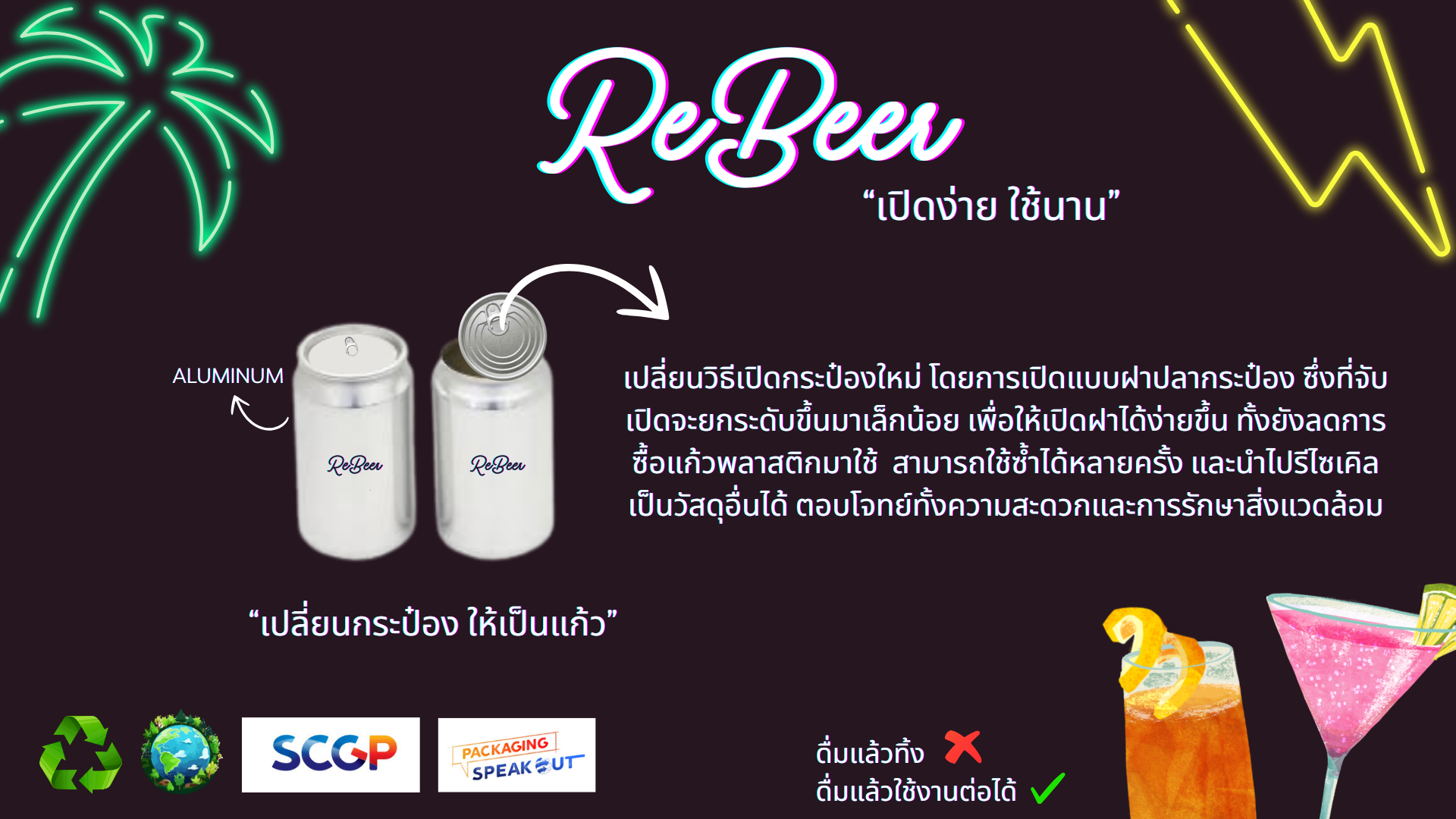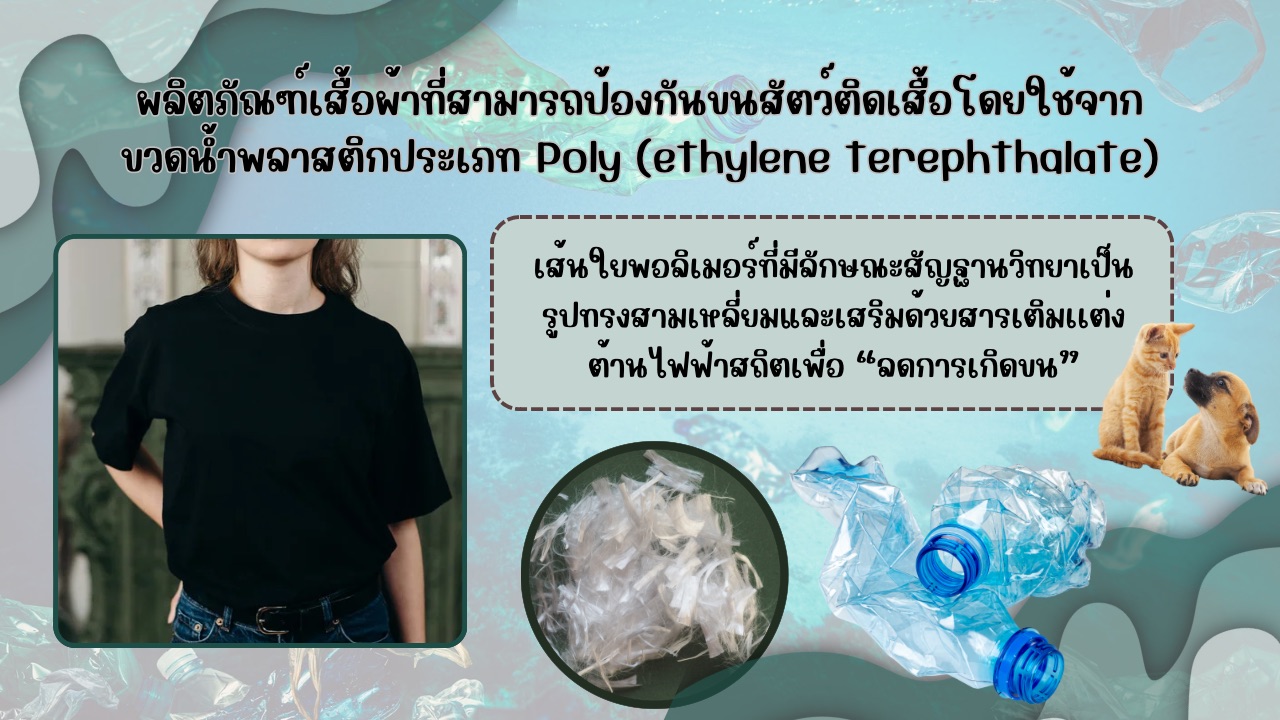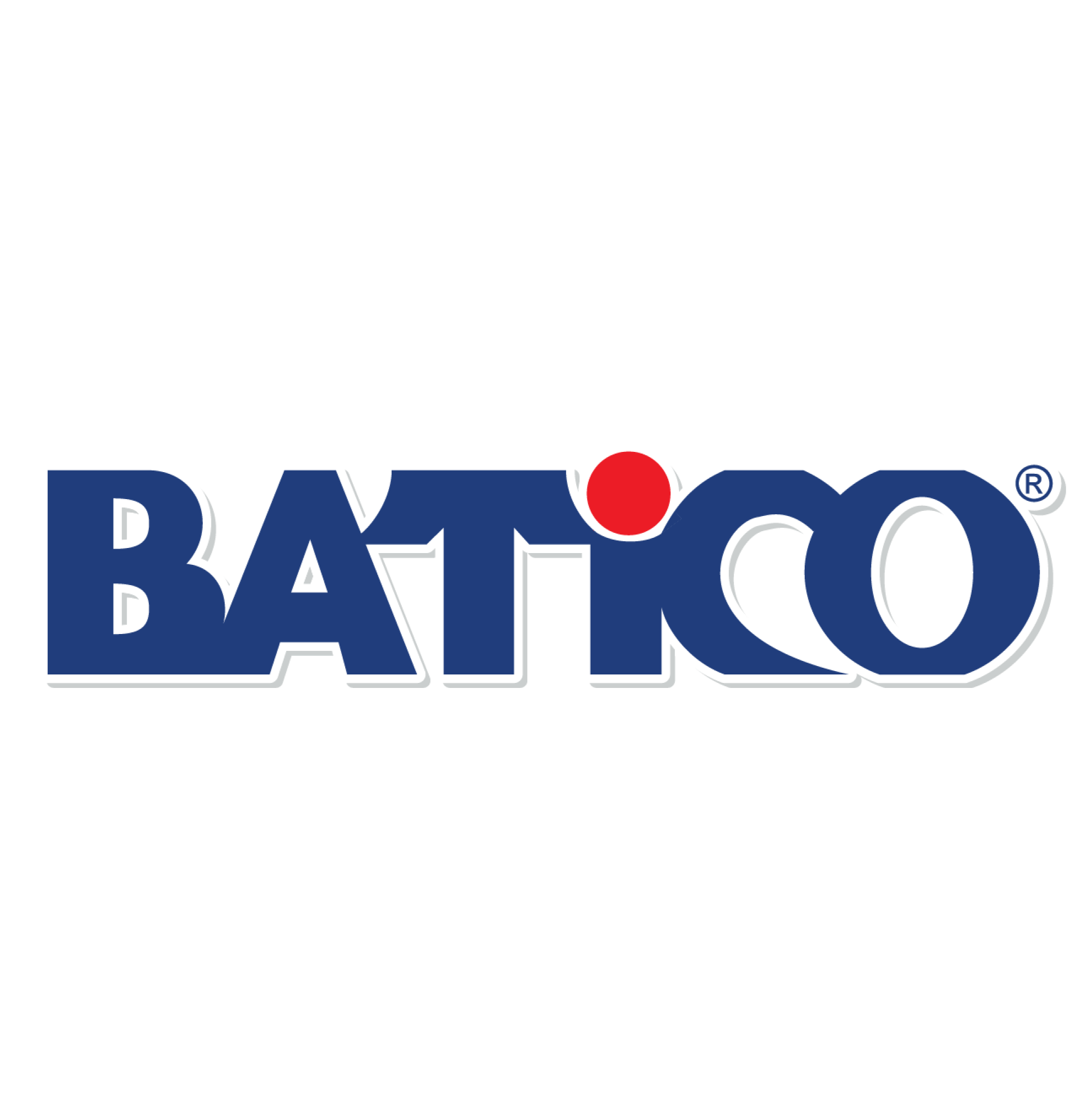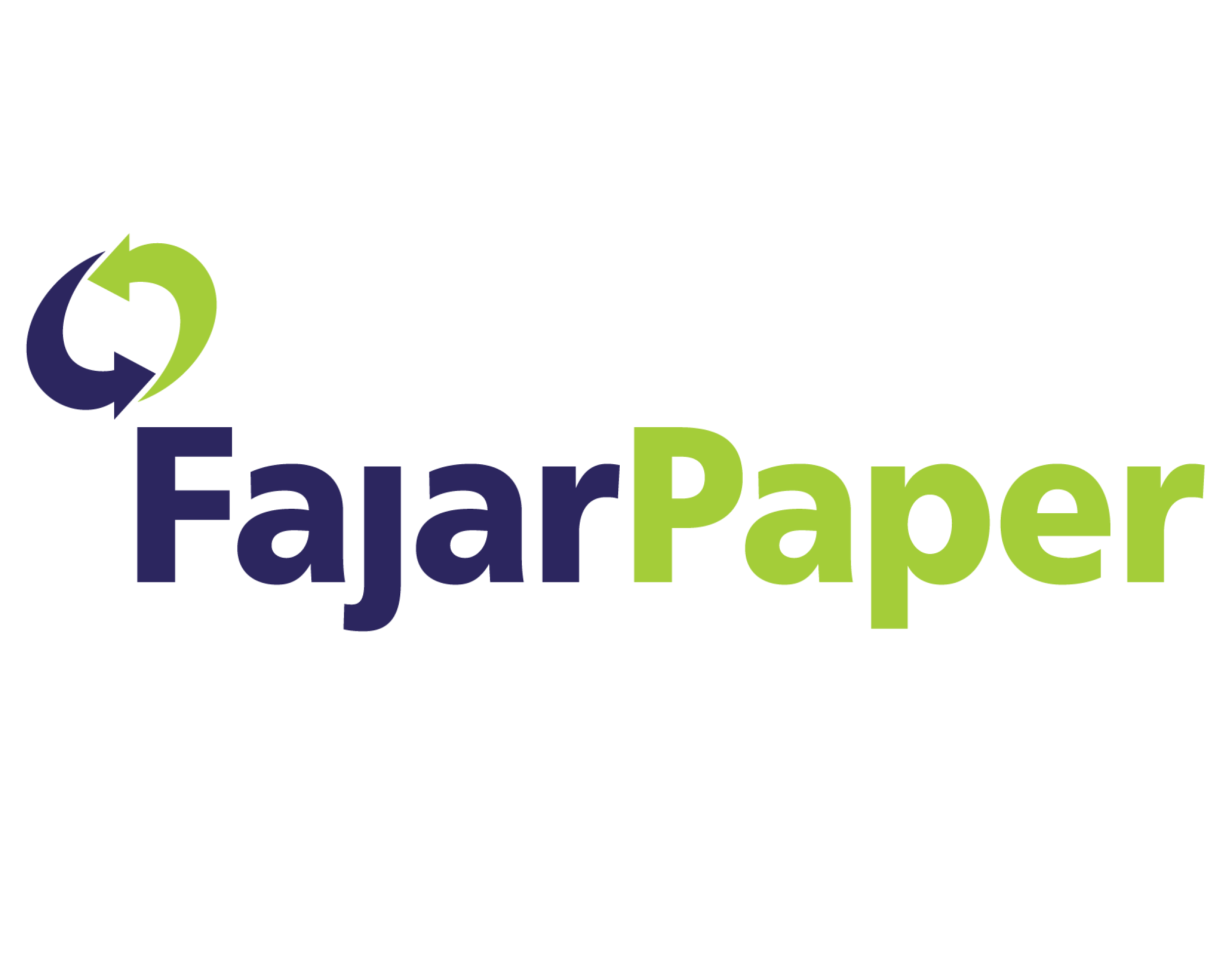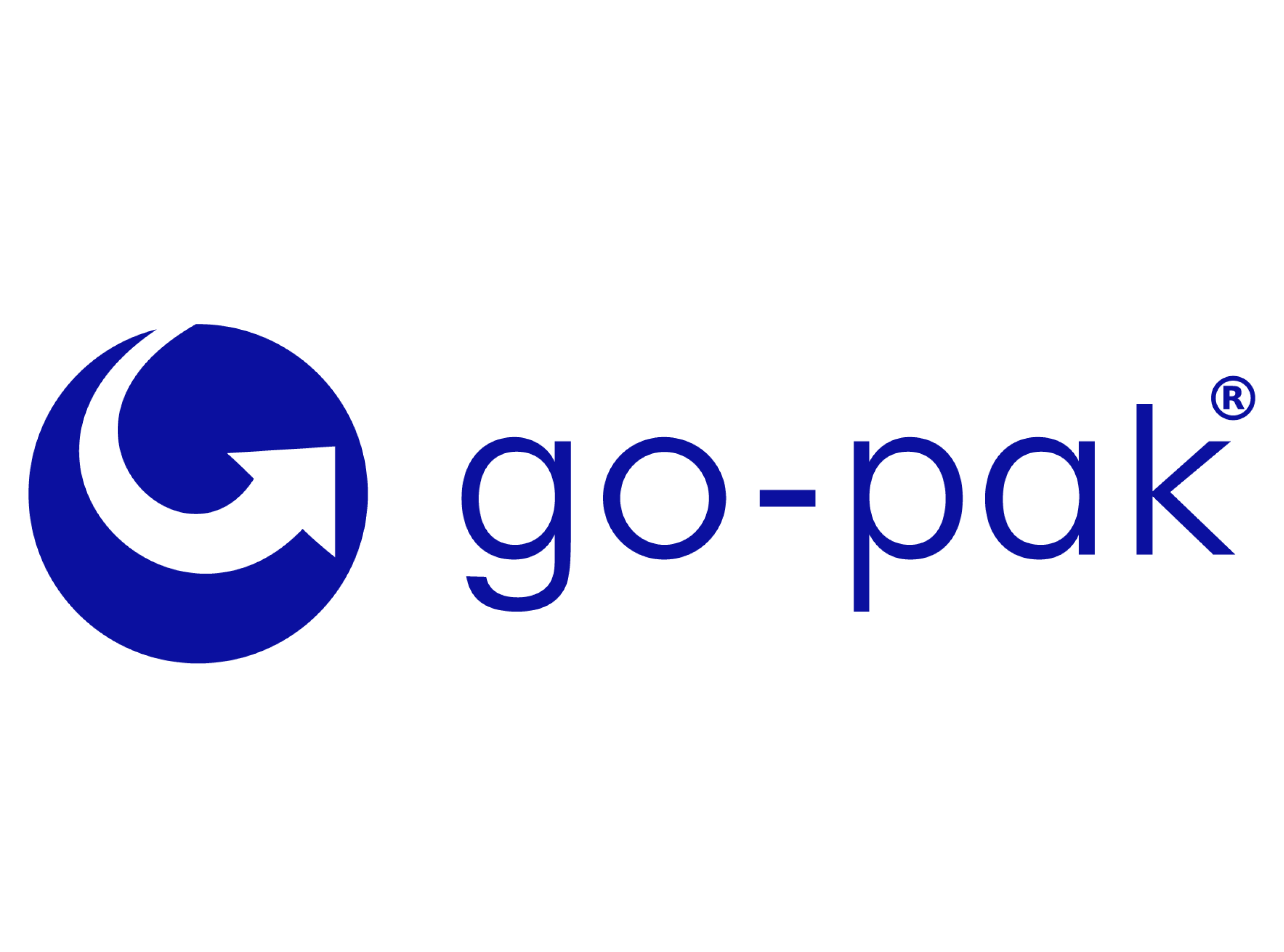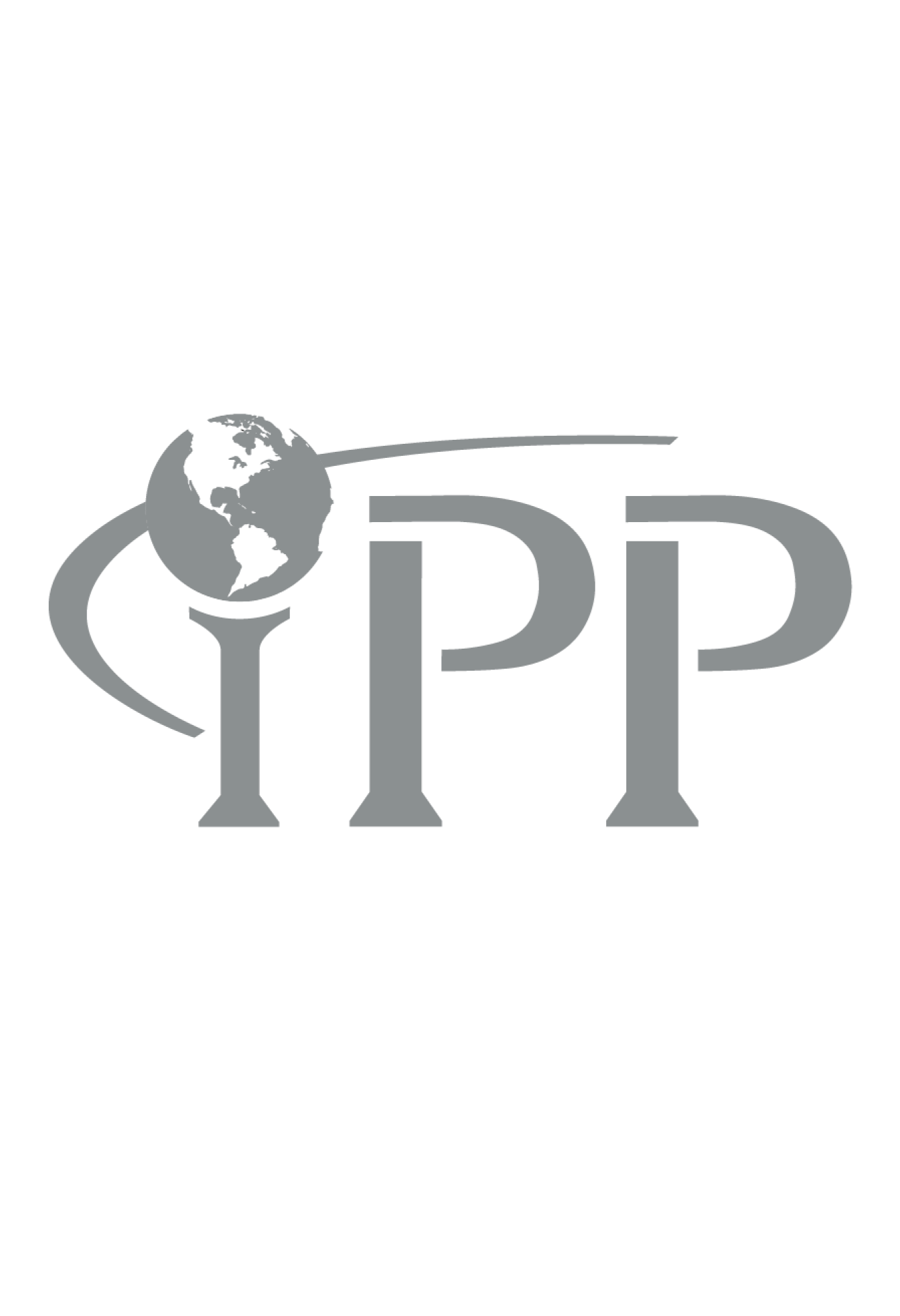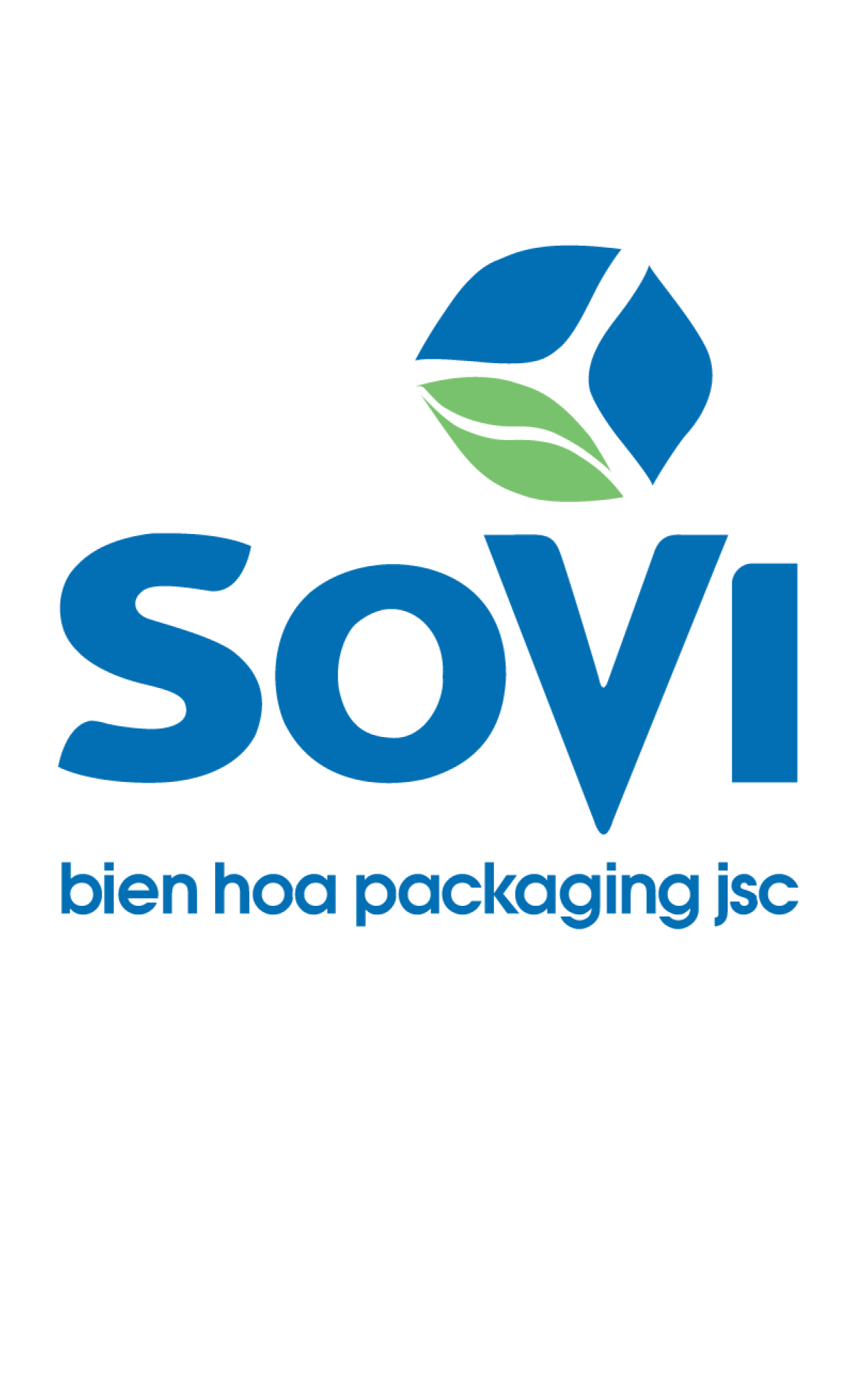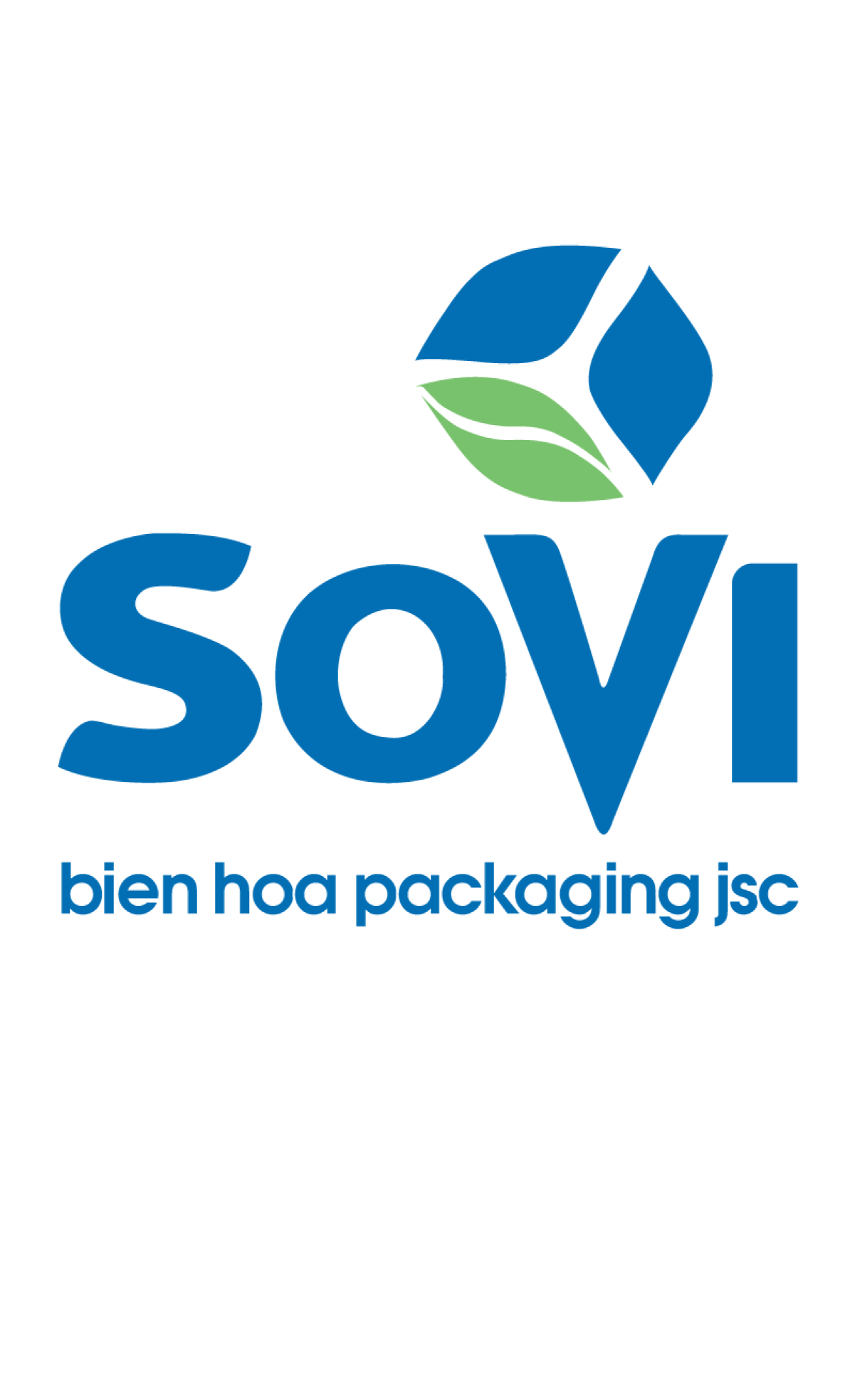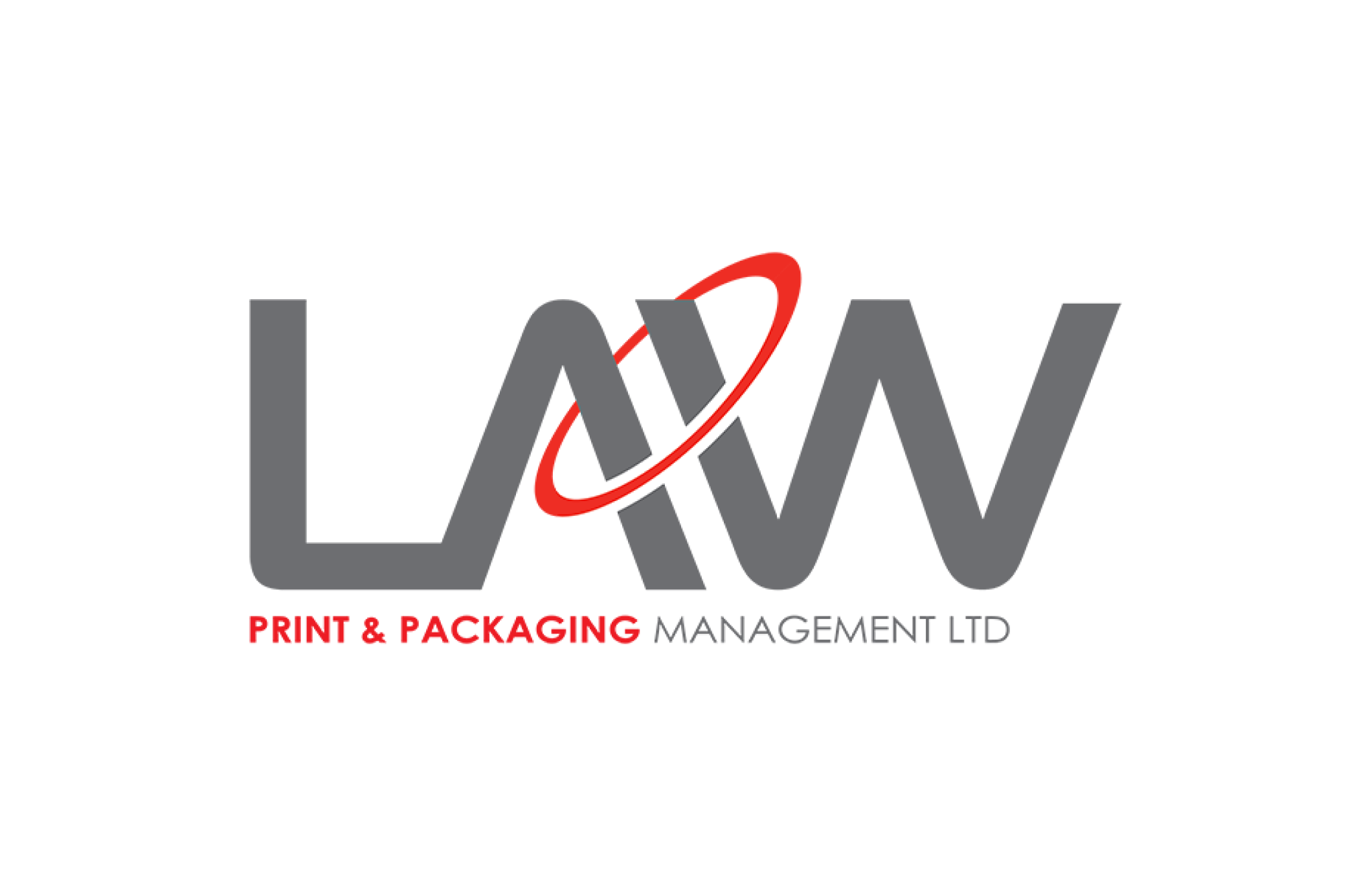OceanZip

Team : OceanZip.
Member
Ms Athittaya Kaeo-udon
Ms Narisara Peenee
Ms Pimmada Sutthirattanaporn
Business Environment Analysis of Processed Seafood Chili Paste Using the PESTEL Tool
1. Political
- Food and hygiene regulations are strictly enforced by agencies such as the FDA, which sets production, processing, and packaging standards to ensure consumer safety.
- The government promotes agricultural and processed food products, especially for export, making market expansion easier.
2. Economic
- The processed food industry shows high growth potential in both domestic and international markets, driven by increasing demand for convenient and long-lasting food.
- The fluctuation of seafood raw material prices, such as shrimp and squid, may affect production costs, especially if these materials rely on imports or are impacted by weather conditions.
3. Social
- Modern consumers seek convenient and long-lasting food, particularly for working individuals or tourists who need easy-to-carry meals. Furthermore, the growing health-conscious consumer group offers opportunities for products using natural ingredients without preservatives.
- Changing consumer behavior shows that younger generations seek variety in their food choices. Therefore, developing new flavors of processed chili paste or using unique, exotic ingredients can attract these consumers.
4. Technological
- Food processing technologies, such as drying, freezing, or packaging to extend shelf life, help maintain the quality and flavor of products for longer periods.
- E-commerce and online marketing enable businesses to reach more customers and make exporting easier.
5. Environmental
- Businesses that rely on seafood, such as shrimp, fish, or squid, need to consider the sustainability of marine resources. Using materials from sustainably managed sources increases credibility.
- The trend towards environmentally friendly packaging is growing, as consumers expect biodegradable or recyclable packaging. Choosing eco-friendly packaging helps enhance the company’s image.
6. Legal
- Businesses aiming to expand internationally must comply with the strict standards of importing countries, such as the FDA in the U.S. or European regulations.
- Patents for chili paste recipes or brand trademarks are critical to prevent imitation.
SWOT analysis of processed chili paste from seafood
1. Strengths
- Using seafood such as shrimp, fish, or squid as the primary ingredient adds uniqueness and nutritional value to the chili paste, making it a standout product.
- Chili paste is a staple of Thai cuisine, with diverse and distinctive flavors that appeal to various consumer groups, both domestically and internationally.
- Processed food products like chili paste have a long shelf life and are convenient to transport, giving them strong export potential.
- Chili paste is closely linked to Thai food culture, which can serve as a marketing point when introducing the product to foreign markets interested in Thai cuisine.
2. Weaknesses
- The cost of seafood as a raw material can fluctuate due to seasonal changes and environmental conditions, making production costs difficult to control.
- Although processed chili paste can be stored for a long time, maintaining its quality, flavor, and nutritional value over extended periods can be challenging.
3. Opportunities
- Global consumers are increasingly seeking convenient processed food products, and the growth of e-commerce makes it easier for businesses to reach new customers.
- The trend towards health-conscious eating provides opportunities for developing chili paste made with natural ingredients, free from additives, and rich in nutritional benefits, such as seafood protein.
- Thai food is gaining popularity in many countries. As a traditional Thai product, chili paste can penetrate markets with an interest in Thai cuisine, especially in areas with Thai communities or a demand for Asian food.
4. Threats
- The processed chili paste business faces competition from both large and small producers, with price, quality, and innovation being key challenges.
- Economic volatility and global trade issues, such as exchange rates or trade restrictions, may impact the competitiveness of export products.
Brand Development Goals
Environmental Goals
- To reduce the use of certain substances, such as CFCs (Chlorofluorocarbons), in the production and processing processes that harm the ozone layer and generate waste in communities and waterways. In addition to damaging the environment and landscape, improper waste disposal (such as incineration) leads to pollution, which can cause water pollution and health problems for local communities.
- Use biodegradable or recyclable packaging, such as recycled paper, biodegradable plastic, or bioplastic, to reduce the use of non-degradable materials. Promote the use of natural raw materials to be processed into packaging instead.
- Adopt a Zero Waste Production policy by aiming to reduce waste to zero during production. This involves recycling scraps or non-standard packaging back into the production process or using them for other benefits.
- Research and develop new innovations in packaging production that reduce resource consumption during the manufacturing process.
Social Goals
- Promote job creation within local communities by developing packaging using local labor and materials. This supports the local economy and increases income for small business operators.
Marketing and Brand Goals
- Establish the brand as a business responsible for the environment and society by emphasizing the use of eco-friendly packaging through marketing channels or donating a portion of profits to environmental projects.
- Differentiate the brand by making its packaging a key selling point, ensuring it is both attractive and functional, with a focus on sustainability, such as reusable packaging.
- Enhance the connection with health- and environmentally-conscious consumers by targeting the market that values sustainability. This can be achieved by using natural materials in packaging and ensuring the absence of harmful chemicals.
Sustainable Resource Management Goals
- Use sustainable raw materials by setting a goal that the seafood used in the products, such as shrimp, fish, or squid, comes from sustainably managed sources, such as farms certified by the Marine Stewardship Council (MSC).
- Set a goal to reduce water usage during production, maximizing the efficiency of water use, and incorporate wastewater treatment systems that allow for water reuse.
- Set a goal to reduce greenhouse gas emissions during transportation by using clean energy vehicles, such as electric cars, or shared logistics to minimize redundant trips. Use transportation route technology to reduce fuel consumption.
Target Customer Segmentation and Insight Details
Segmentation
25-50 years old, typically individuals living alone in apartments or condominiums, who seek convenience and quick access to purchases.
Behavioral Segmentation
- Consumers who are health-conscious and pay attention to nutrition.
- Those who enjoy seafood and spicy flavors.
- People looking for convenience in meal preparation.
- Environmentally conscious consumers who value sustainable packaging.
Psychographic Segmentation:
- Individuals concerned about environmental sustainability.
- Those who love traveling and enjoy trying local foods.
Targeting
- Health-conscious consumers: People looking for products that offer health benefits, made from natural ingredients like fresh seafood, which is high in protein and free from chemicals.
- Urban individuals with a fast-paced lifestyle: Working adults who seek convenience and speed in meal preparation while still valuing high-quality and flavorful food.
- Tourists and Thai food enthusiasts: Both Thais and foreigners who enjoy seafood and chili paste with authentic local flavors, as well as travelers who want to bring products back as gifts.
- Environmentally conscious consumers: People who are interested in eco-friendly packaging and sustainable production practices.
Positioning
Position the product as healthy chili paste, emphasizing the use of natural ingredients such as high-quality fresh seafood, free from preservatives, and offering health benefits, particularly high protein and healthy fatty acids from seafood. The product is convenient, ready-to-eat, and offers a variety of flavors while maintaining the unique essence of Thai cuisine. The packaging is modern, portable, and focuses on sustainability and environmental friendliness, using biodegradable or recyclable materials. Communication about the use of sustainably sourced raw materials is also a key part of the product's positioning.
Packaging Design for Social and Environmental Responsibility of the Brand and Product
The chili paste packaging is designed in a convenient portable pouch with a zip-lock, catering to consumers' needs for convenience and ease of use. It allows the product to be stored for future consumption without needing to be finished in one sitting, while still preserving the nutritional value and flavor.
The material used for the outer packaging is made from strong and durable paper, while the inner packaging is coated with bio-plastic from banana peels, which is 100% biodegradable. It is eco-friendly and helps reduce plastic waste, aligning with the principles of Reduce and Recycle. This corresponds with the Sustainable Development Goals (SDGs) on sustainability as follows
Goal 2: End hunger and promote sustainable agriculture. This helps ensure sustainable production systems and can be applied in agricultural systems that increase productivity and production.
Goal 3: Ensure healthy lives. The use of organic materials from farmers as part of the packaging helps reduce deaths and illnesses caused by hazardous chemicals, pollution, and contamination in the air, water, and soil.
Goal 12: Ensure sustainable consumption and production patterns. This involves using natural resources efficiently and reducing global food waste by half at the retail and consumer levels.
Goal 13: Climate action. This development helps prevent climate change and mitigate future impacts.
Marketing Activities and Brand Development Through Packaging
Marketing Through Packaging
- Use eye-catching designs to create brand uniqueness, such as colors that reflect the freshness of the sea or images of the ocean and seafood.
- Include clear information about the ingredients, nutritional data, and benefits of the seafood chili paste, such as “No preservatives” or “Made with fresh seafood”.
- Choose environmentally friendly packaging materials.
- Promote sustainability by communicating the use of eco-friendly materials in the packaging to attract environmentally conscious customers.
Add Value with Special Packaging Features
- Packaging that preserves quality: Such as pouches with a sealing system that helps maintain the freshness and flavor of the chili paste.
- Convenient usage: Such as easy-to-open, reusable, and portable packaging.
Build Customer Engagement
- Communicate the brand clearly by providing information about the brand’s mission and how it focuses on sustainability and quality.
- Run promotional campaigns or events that incorporate packaging, such as distributing special packaging during festivals.
Experimentation and Innovation
- Launch new packaging and test designs or unique functions to meet market demands and gather feedback.
- Use packaging as a channel for collecting customer feedback, such as through QR codes on the packaging for suggestions or reviews.
Examples of Marketing Activities
- Online marketing such as Advertise through social media and websites to attract customers.
- Hold product launch events that highlight packaging and product features.
- Partner with other brands or influencers in the food industry to promote products through unique packaging.
Measuring Marketing and Brand Performance
Sales and Market Share Analysis
- Track monthly or yearly sales to assess the product’s popularity.
- Measure the market share of the processed seafood chili paste compared to competitors.
Tracking ROI (Return on Investment)
- Calculate the ROI of marketing campaigns such as online ads, promotions, or sales events.
- Compare marketing expenses to the revenue generated.
Analyzing Reach and Engagement
- Measure reach by tracking website visits and social media followers.
- Monitor customer engagement, such as likes, shares, and comments on social media posts.
Customer Satisfaction Survey
- Use surveys to gather customer opinions and satisfaction levels.
- Analyze online reviews and customer feedback to evaluate satisfaction and identify areas for improvement.
Measuring Customer Loyalty
- Net Promoter Score (NPS): Use NPS to measure customers' willingness to recommend the brand to others.
- Repeat Purchase Rate: Track the repeat purchase rate of current customers.



